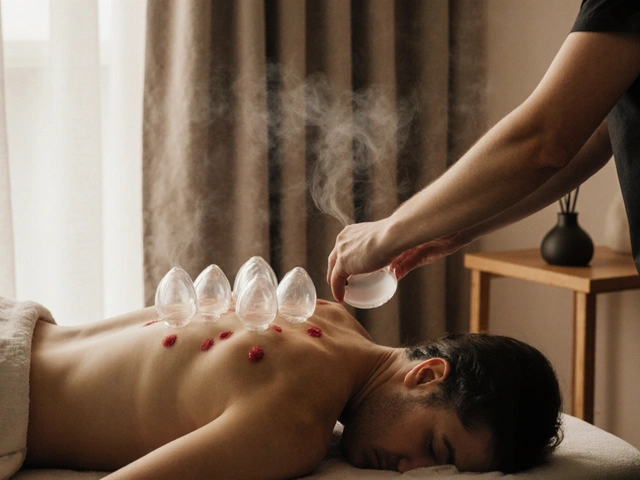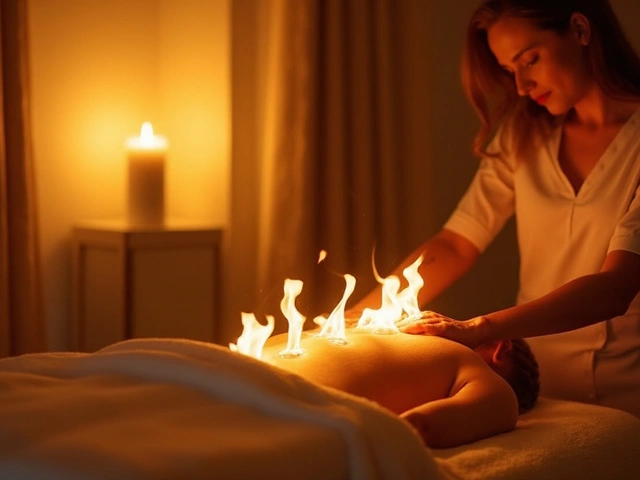Energy Healing: Simple, Practical Ways to Feel Better
Energy healing sounds mystical, but a lot of it boils down to paying attention to your body, breath, and touch. You don’t need to believe in magic to get results—many people feel less pain, sleep better, or relax more after just one session. This page pulls together straightforward info on methods you can try today and what to look for in a real session.
Common Methods and What They Do
Acupressure: Think of it as focused pressure on points that often ease headaches, neck pain, and stress. You can try basic points at home; a short 5–10 minute routine can help calm your nervous system.
Polarity Therapy and Healing Touch: These use gentle touch and guided movement to shift tension patterns. Sessions are low force and feel slow and relaxed—great if deep tissue work feels too intense for you.
Bioenergetics and Ortho-Bionomy: These focus on how your body makes and uses energy. Expect light movements, breathing cues, and postural work that can help with chronic tightness and fatigue.
Hilot, Lomi Lomi, Kahuna and Traditional Massages: These are cultural practices that mix rhythm, stretches, and long flowing strokes to release emotional and physical holding. If you want both relaxation and a sense of release, try one of these traditions with a trained practitioner.
Hands-on Therapies like Rolfing, Hellerwork, and Feldenkrais: These blend structural work and mindful movement to change how you hold yourself. They take more time but often lead to longer-lasting changes in posture and pain levels.
How to Try Energy Healing Safely and Get Better Results
Start small. Book a single session and see how your body reacts. Don’t keep going just because someone promises a cure—pay attention to real, measurable changes like less pain, better sleep, or improved movement.
Ask direct questions: What training do you have? How long have you worked with this method? What will a session feel like? A good practitioner answers clearly and respects your limits.
Be open about medical issues. If you’re on medication, pregnant, or have a serious condition, tell the therapist up front. Many methods are safe but may need adjusting.
Combine smartly. Pair energy sessions with light exercise, better sleep, and small changes in diet for bigger gains. Energy work often helps you notice what the rest of your routine needs.
If a session leaves you worse off for more than 48 hours or the therapist pressures you into long commitments, stop and look for another professional. Trust your body and your instincts—energy healing should leave you clearer, calmer, and more able to move through your day.
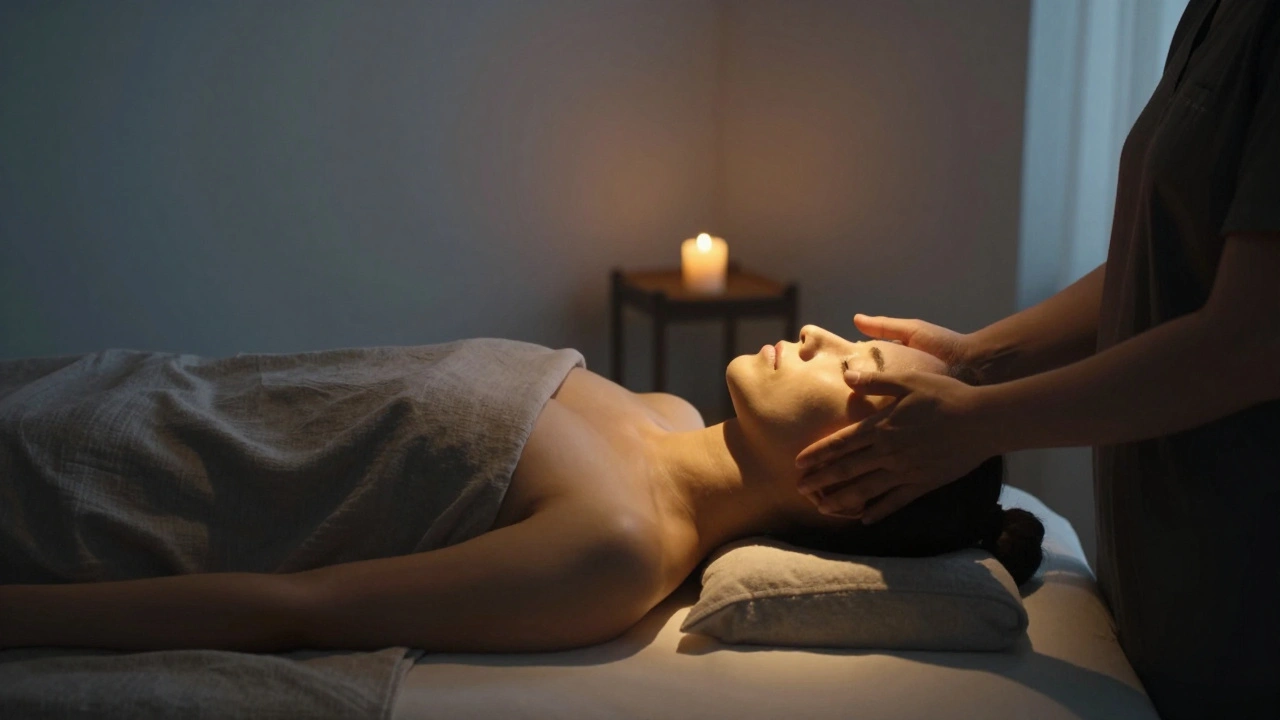
Reiki and Its Role in Mental Health: What Science and Experience Show
Reiki offers gentle, non-invasive support for anxiety, stress, and emotional overwhelm. Learn how this energy-based practice helps reset the nervous system and complements traditional mental health care.

Bridging the Gap: How Healing Touch Complements Modern Medicine
Healing touch is a gentle, evidence-based therapy used in hospitals to reduce pain, anxiety, and fatigue. It doesn't replace medicine-but it helps patients heal better alongside it.
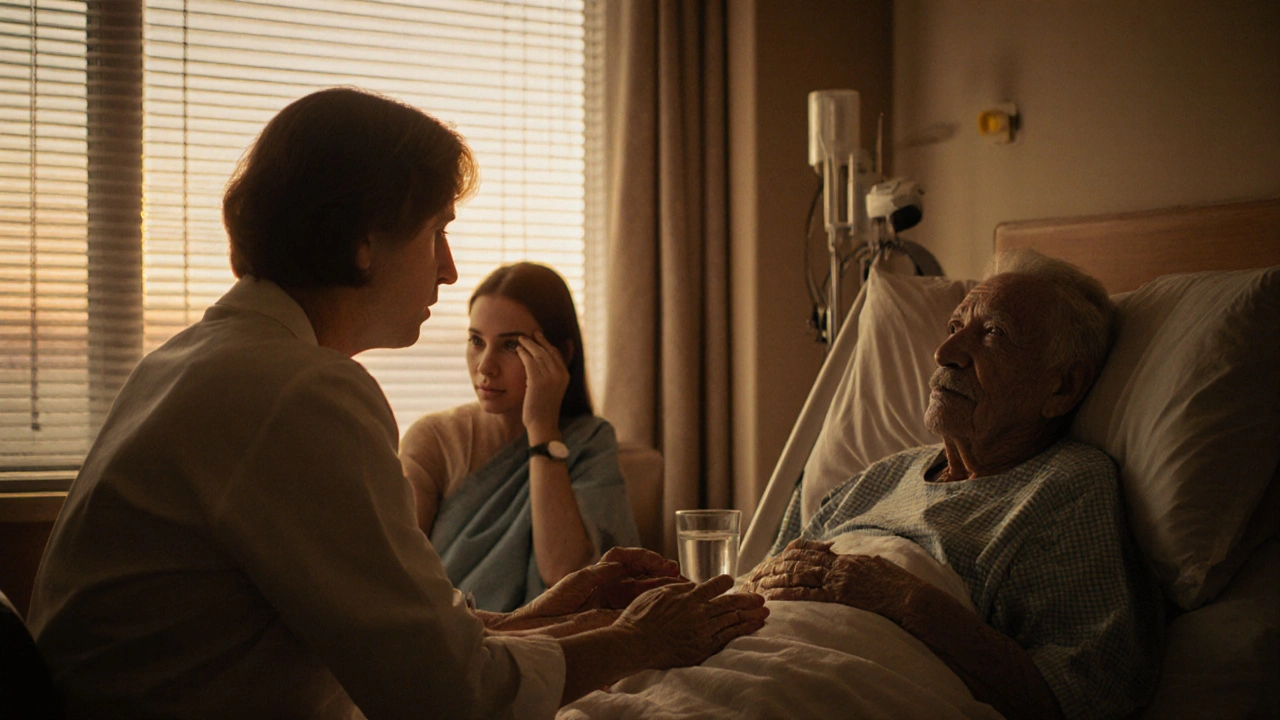
How Reiki Supports Comfort and Calm in Palliative Care
Reiki supports comfort and calm in palliative care by reducing anxiety, improving sleep, and offering peaceful presence without interfering with medical treatment. It’s used in hospitals and homes across Australia to help patients and families find stillness in difficult times.
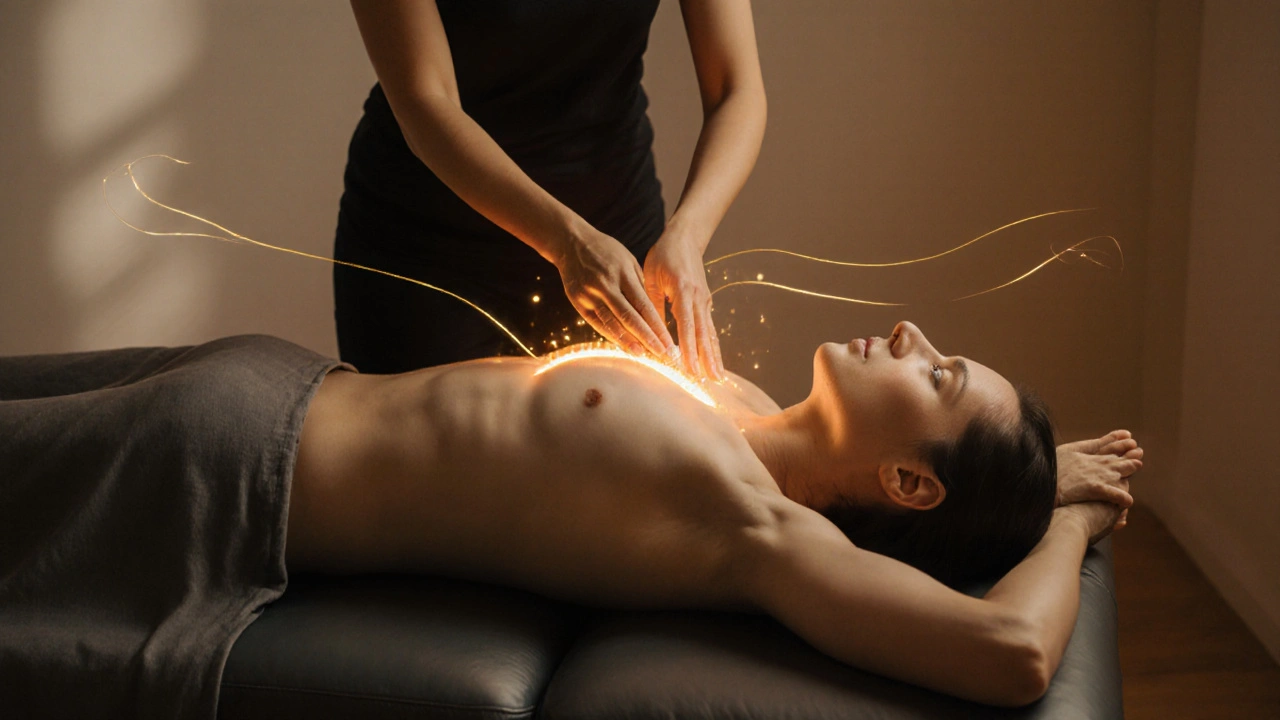
The Power of Touch: How Polarity Therapy Works and Who It Helps
Polarity therapy uses gentle touch and energy awareness to restore balance in the body. Learn how it works, who it helps, and how it differs from Reiki, massage, and chiropractic care.

Polarity Therapy Guide: Energy Healing Basics, What to Expect & Safety
Curious about polarity therapy? Learn how it works, what a session feels like, evidence, safety, costs, and self-care moves you can try at home.

Unlocking Wellness with Polarity Therapy: A Deep Dive into Healing
Polarity Therapy is an innovative approach to holistic health that integrates various elements such as touch, diet, exercise, and self-awareness. This long-form article explores the principles, benefits, and techniques of Polarity Therapy, offering insights into how it can enhance one's overall well-being. It also provides practical tips on how to incorporate this practice into daily life.
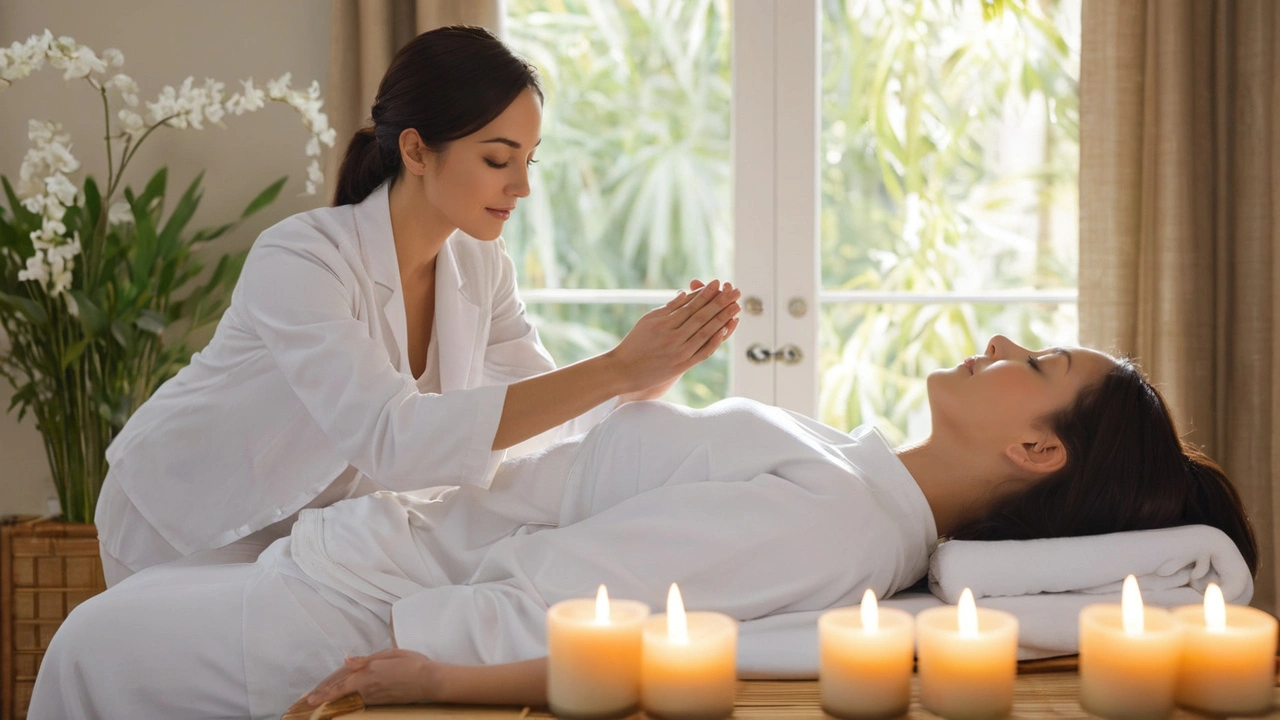
The Healing Power of Reiki: An In-Depth Guide
Reiki stands as a unique energy healing technique that promotes balance and wellness. It uses the practitioner’s hands to channel energy into the patient’s body. This ancient practice boasts various benefits from reducing stress to enhancing mental clarity. This article explores its history, benefits, techniques, and tips for practicing Reiki effectively.
Categories
- Health and Wellness (148)
- Alternative Therapies (86)
- Massage Therapy (40)
- Travel and Culture (15)
- Beauty and Skincare (9)
- Holistic Health (8)
- Health and Fitness (5)
- Spirituality (5)
- Other (2)
- Personal Development (2)

